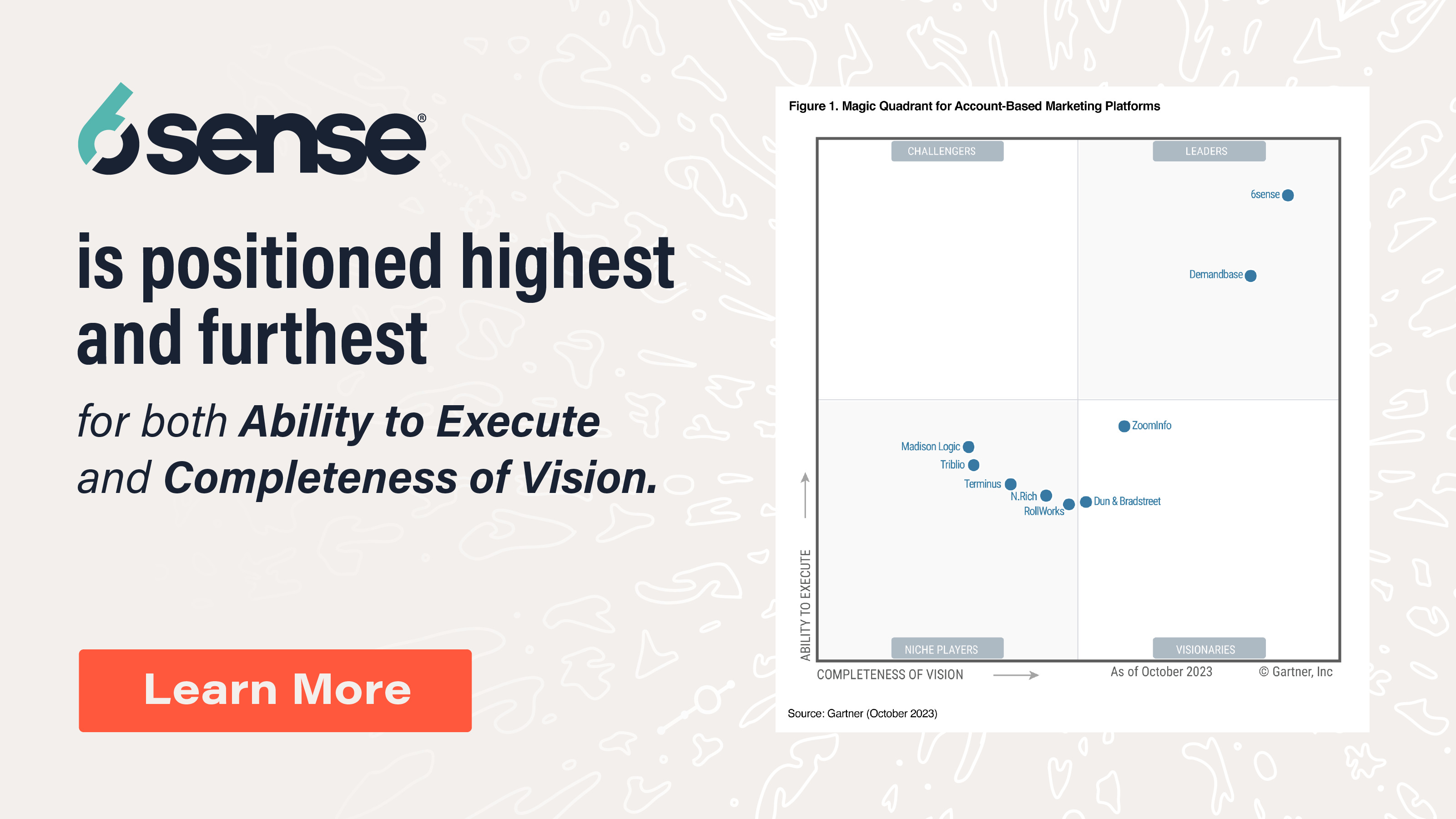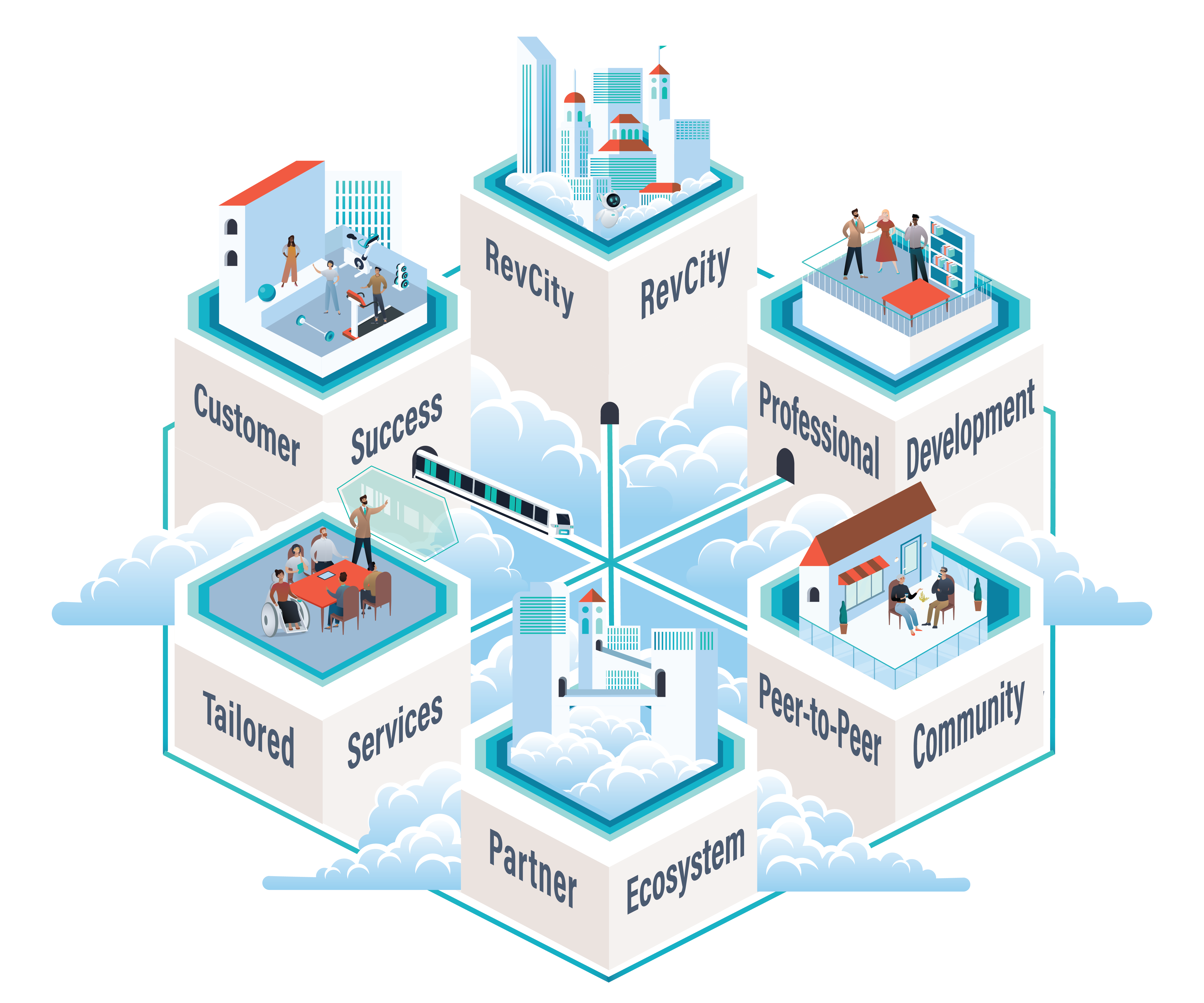When it comes to providing a great customer experience, mistakes can be costly. Even small missteps can have a big impact, leaving your prospects feeling frustrated and unsatisfied.
From leaving them on hold for too long to not having the information they need on hand when they need it, here are some of the common mistakes that can instantly ruin a prospect’s experience.
Five Mistakes to Avoid
For Marketing
1. Irrelevant Ads
Your paid ads are often the introduction to your product. Acing ad placements and experience are just as important as the copy.
The goal is to be found when someone is looking for your solution. Otherwise, your ad is just visual noise. If you’re selling a CRM, don’t show up in a search result for “Best sales intelligence tool.”
And think through the next steps. Redirecting a prospect to your homepage isn’t always the best case. You might want to set up relevant landing pages or microsites for the ads you run.
The prospect clicked on an ad of yours because something within it piqued their interest. To maintain that flow, you can redirect them to a dedicated landing page that serves as an extension of the ad.
2. Poor Website Experiences
Four tips for this:
- Every SaaS site should have a quick and easy path to learn and converse with a sales rep.
- Gatekeeping your information from the prospect as soon as they land on the website or asking them for their contact information where it’s not needed is a surefire way to drive prospects away.
- Your ‘Contact Us’ page should never be an afterthought. Provide a clear and effortless way for a prospect to connect with you, preferably visible on every page.
- Complicated navigation acts as a barrier, stifling the prospect from exploring your website freely to learn about your product. It’s a one-way ticket to the land of bad customer experience.
For Sales
3. Inadequate Follow-Ups
A pivotal aspect in retaining a prospect’s attention is well-timed follow-ups.
Prospects expect you to be the driving force of the deal. Over 80% of sales require 5 follow-up calls.
Aim for the Goldilocks zone when following up with prospects, not too much and not too little. Avoid being spammy with your follow-ups. Give the prospect time to think, evaluate, and take decisions; account for their other business responsibilities as well.
If they ask you to follow up with them on a later specific date, accommodate their request and don’t reach out till then.
4. Generic Pitches
Every prospect brings a unique problem. Understanding the prospect’s issues and developing a meaningful sales pitch specific to their concerns is a necessity.
Generic pitches solely focus on the features and abilities of the product, not on what the product can do to benefit the prospect.
These pitches also lack personalization and research, making the recipient feel devalued — that there wasn’t enough effort put in by the sales rep. A generic pitch might not even address a crucial issue the prospect is looking to resolve with your product.
The overall impact of a pitch is quite significant on the buying experience. It’s the first real chance you have to “wow” the prospect. If you ignore that chance, odds are the prospect will look elsewhere.
5. Always Be Closing
The urge to close as quickly as possible is understandable. As a sales rep, you’d prefer to wrap things up and move on to your next deal. But hold your horses — sometimes it pays to not “Always Be Closing.”
It takes great finesse to nurture the prospect and move them towards closing. If you jump at every opportunity to “talk about pricing” and sign the papers, you’re more likely to lose the sale.
Trying to speed up a deal can often make the prospect feel rushed, which is a red flag that ignites more questions. Maybe you’re hiding something about the product and trying to close quickly before the prospect finds out? Or maybe your company is just plain greedy? You don’t know what your prospect might think.
Either way, you’re losing their trust by rushing them through.






